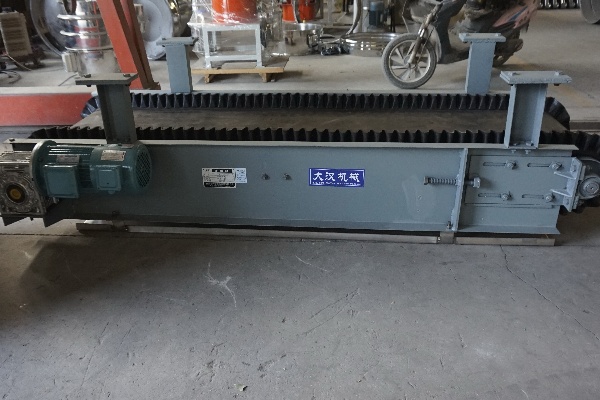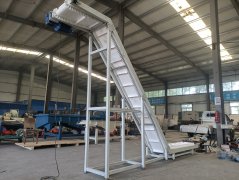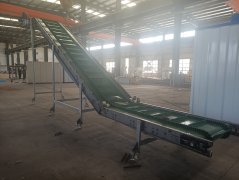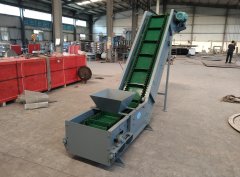What is the applicable temperature for PVC belt conveyor?
Friday August-08 2025 18:00:43
pvc belt conveyor are widely used equipment, and the operating temperature of their core component, the PVC conveyor belt, is a key parameter determining its performance and lifespan. Typically, standard PVC conveyor belts can operate in environments ranging from -10°C to 80°C. However, the specific temperature tolerance varies depending on the belt's material formulation, thickness, and the actual operating environment.
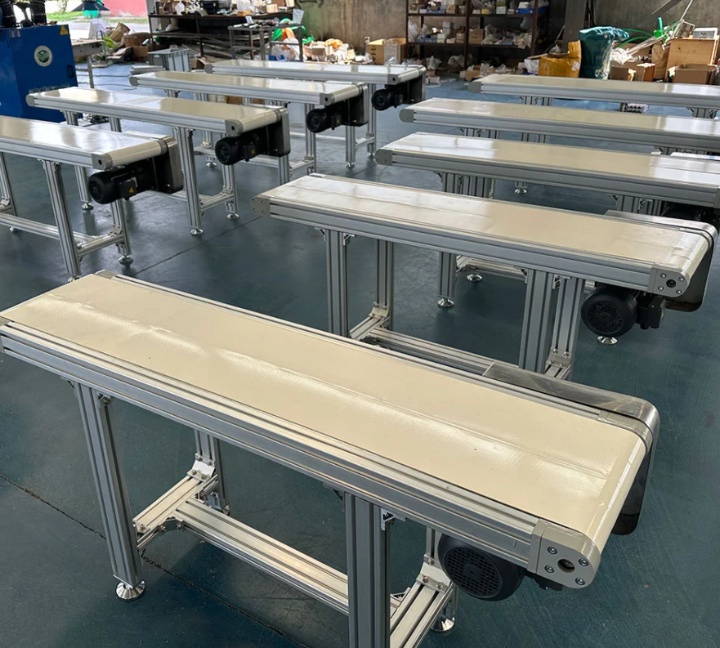
What is the typical operating temperature range for PVC belt conveyors?
The operating temperature range for PVC belt conveyors is between -10°C and +80°C. This range is a relatively general reference, representing the temperature range within which most standard PVC conveyor belts can operate reliably. Within this range, the physical properties of PVC material, including tensile strength, abrasion resistance, flexibility, and impact resistance, meet the requirements of most common conveying systems. At -10°C, while the belt's flexibility may decrease, it still maintains its basic conveying function and avoids immediate brittle fracture. At +80°C, the belt's stiffness may decrease, but its structural integrity is generally maintained, preventing significant deformation. In actual applications, specific operating conditions may require more detailed consideration.
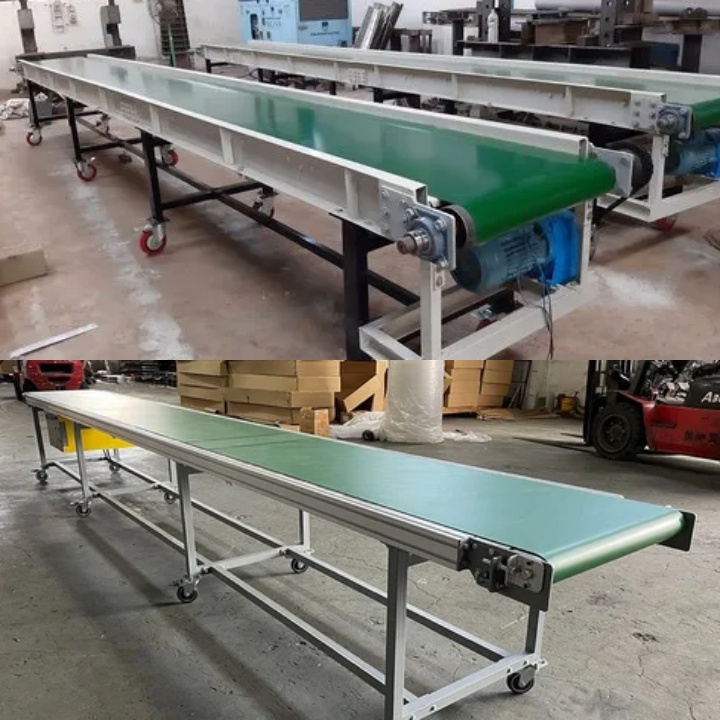
In some special operating conditions outside the normal temperature range, standard PVC belt conveyors may no longer be suitable, and specific product types may be required. For example, cold-resistant PVC belt conveyors, designed to withstand temperatures below -10°C or even lower, such as cold storage and outdoor operations in cold northern regions, require specially formulated cold-resistant PVC conveyor belts. These belts maintain excellent flexibility at low temperatures and are less susceptible to brittleness. Their operating temperature range typically extends to -25°C or even lower. Heat-resistant PVC belt conveyors, for example, may not withstand the high temperatures encountered in conveying hot materials or working in high-temperature workshops, such as in certain food baking and foundry industries. In these situations, PVC conveyor belts are generally not recommended. More heat-resistant materials, such as EPDM rubber, silicone rubber, or specialty rubber conveyor belts, should be considered. While some PVC conveyor belts can withstand temperatures slightly above 80°C for short periods, long-term operation at high temperatures can irreversibly affect their performance.
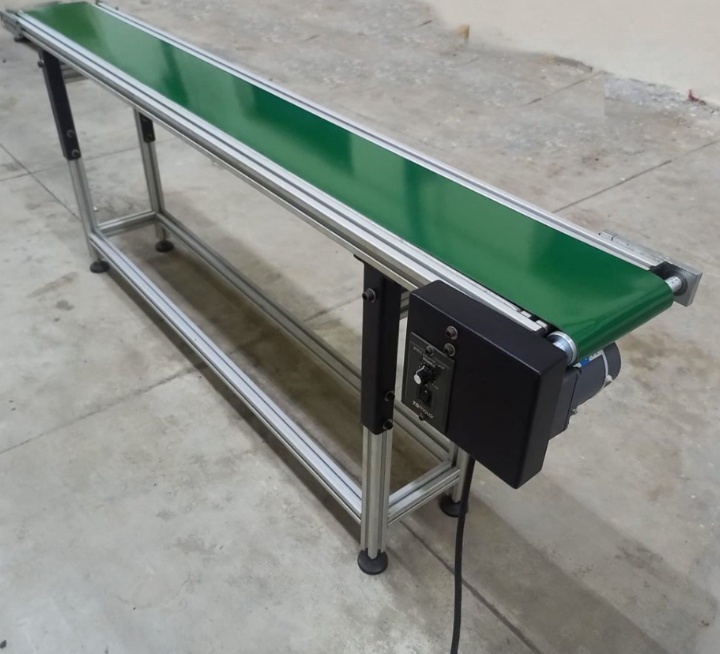
What factors affect the applicable temperature range of PVC belt conveyors?
The operating temperature range of a PVC belt conveyor is influenced by a variety of factors, which together determine the belt's performance and service life in different temperature environments. The following are the main factors affecting the operating temperature of a PVC belt conveyor:
PVC material formulation and additives
Plasticizers: Plasticizers are key to the flexibility of PVC. By adjusting the type and dosage of plasticizers, the glass transition temperature of a PVC conveyor belt can be altered. Adding more or a more appropriate plasticizer can lower the glass transition temperature, allowing the belt to remain flexible at low temperatures, thereby improving its cold resistance. However, excessive plasticizers may also cause the belt to soften and lose strength at high temperatures.
Heat stabilizers: Heat stabilizers are used to slow the decomposition of PVC at high temperatures. Without heat stabilizers, PVC degrades rapidly at high temperatures, resulting in performance degradation, discoloration, and even embrittlement. Different types and dosages of heat stabilizers can improve the heat resistance of PVC conveyor belts, maintaining their stability at higher temperatures.
Fillers and reinforcements: Fillers and reinforcements (such as calcium carbonate and glass fiber) can affect the mechanical properties and thermal conductivity of PVC. Some fillers can increase the hardness and strength of PVC, but may reduce its flexibility, thus affecting its low-temperature resistance.
Conveyor Belt Structure and Thickness
Cover: The upper and lower layers of PVC cover are in direct contact with the material and the environment. Their thickness and formulation directly affect the belt's ability to withstand external temperatures. Thicker cover layers can provide better insulation, mitigating the effects of external temperatures on the inner fabric core.
Fabric Core: The fabric core is typically made of synthetic fibers such as polyester and nylon, providing the conveyor belt with tensile strength. These fibers have their own temperature ranges. When ambient temperatures exceed the fiber's temperature range, the core material may experience performance changes, affecting the stability of the entire conveyor belt.
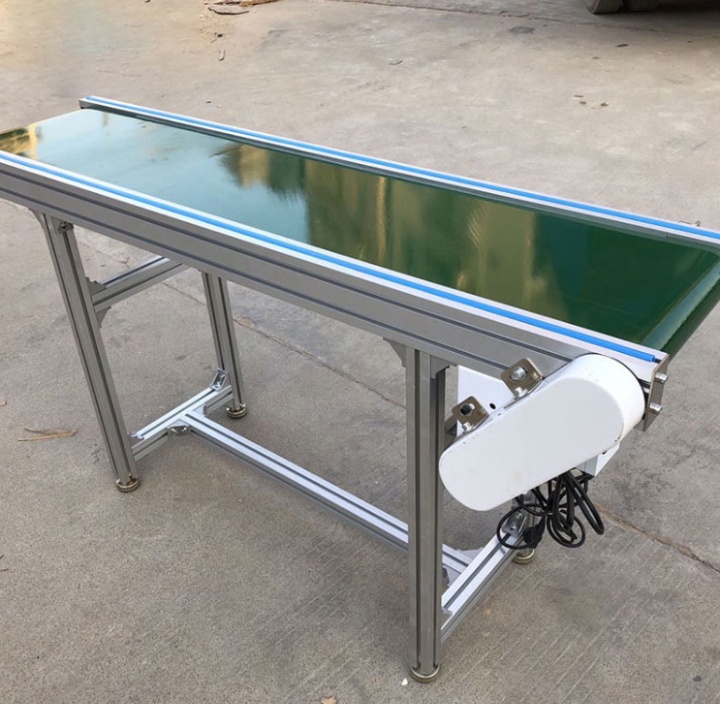
Environmental and Operating Conditions
Ambient temperature: This is a direct factor affecting conveyor belt temperature. Prolonged operation in extremely low or high temperatures can gradually degrade the belt's physical properties, shortening its service life.
Material Temperature: If the conveyed material is inherently hot or cold, it will directly affect the conveyor belt's temperature through heat conduction. Continuously conveying high-temperature materials can cause the belt's surface temperature to rise, potentially exceeding its rated operating temperature and causing it to soften and deform.
Operating Speed and Load: During conveyor operation, frictional heat is generated between the belt and the pulleys and idlers. At high speeds and heavy loads, this heat generation is even greater, potentially causing the belt to heat up and accelerate aging.
Chemical Exposure: In certain industrial environments, PVC conveyor belts may come into contact with chemical solvents, oils, or other corrosive substances. These substances, at certain temperatures, can accelerate the corrosion of the PVC material, further reducing its heat resistance and mechanical strength.
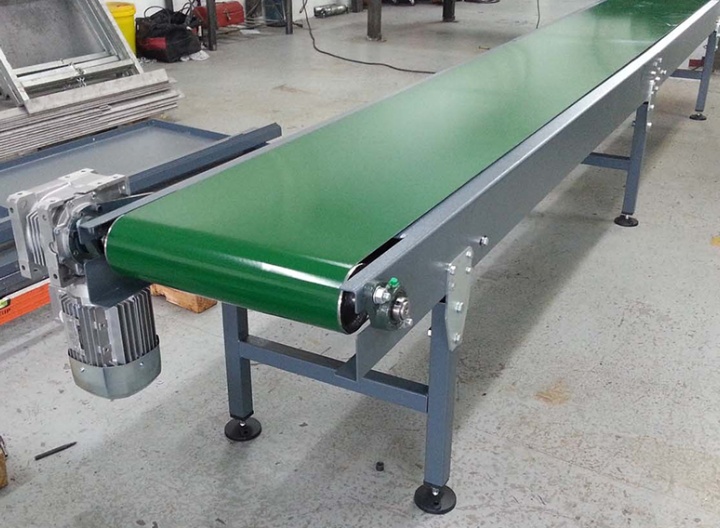
When selecting and using PVC belt conveyors, attention should be paid to the temperature requirements of the specific application scenario. If the ambient temperature is below the typical range, consider choosing a PVC belt with a cold-resistant formula to prevent low-temperature embrittlement. Conversely, if the operating environment or the conveyed material temperature is higher, it is important to confirm that the selected belt's heat resistance can withstand this; otherwise, softening and deformation may occur.
